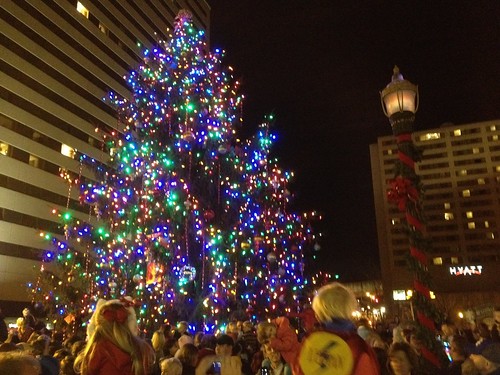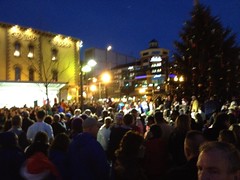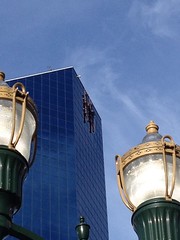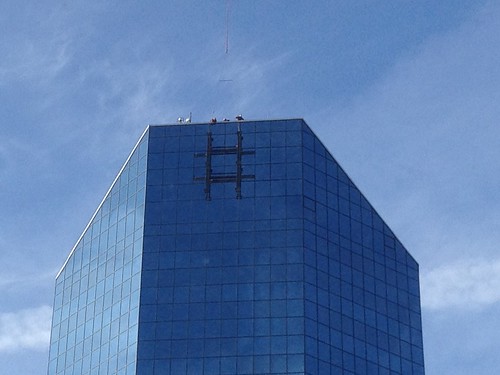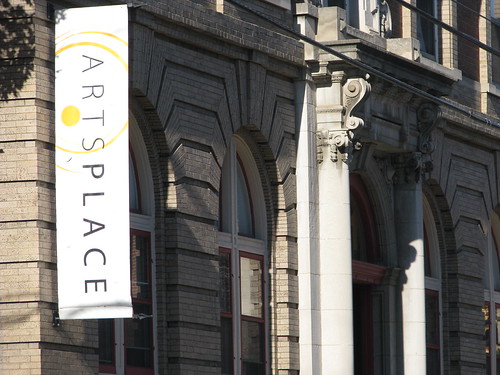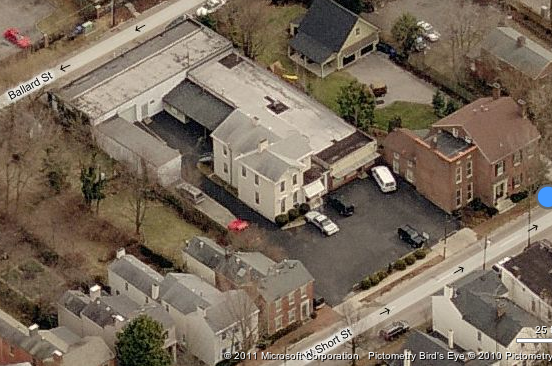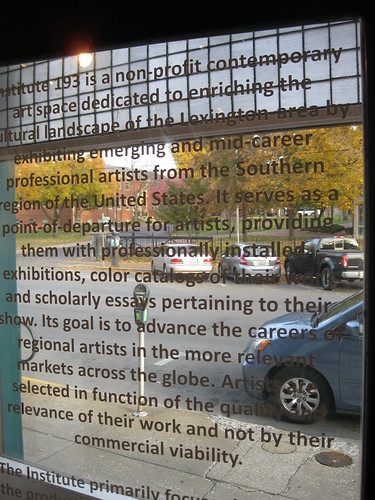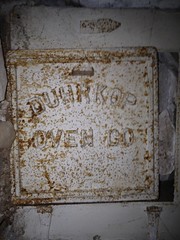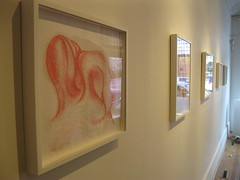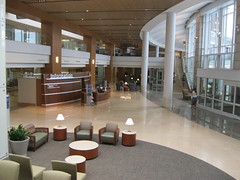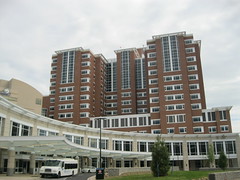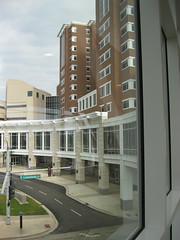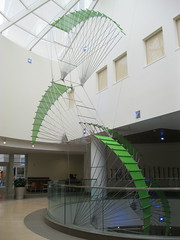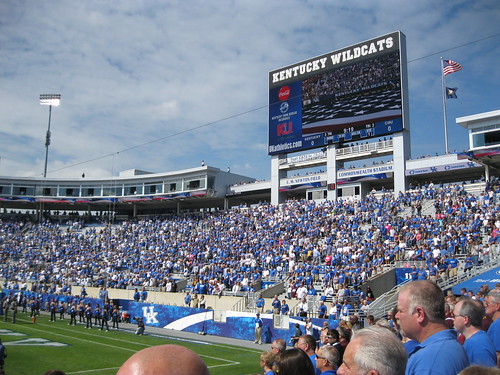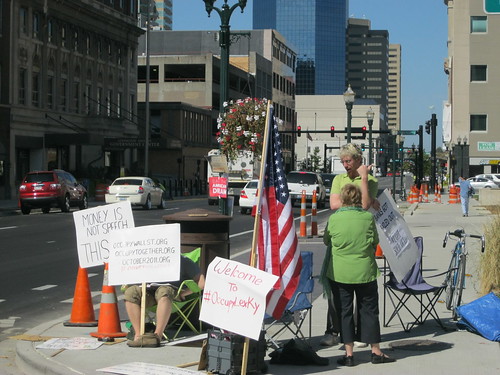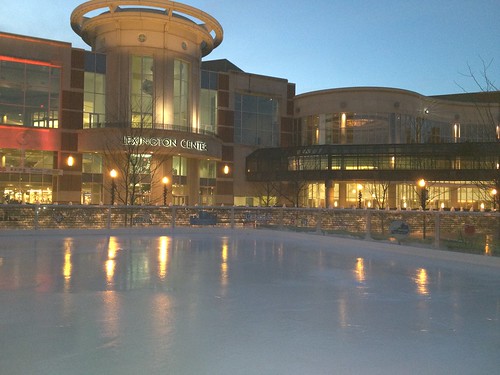 |
| Ice Skating Rink at Triangle Park – Lexington, Ky. |
In the cold winter of 1913, the ponds on Clifton Heights hardened enough to become a destination for ice skating enthusiasts in Lexington. Clifton Heights was platted around the turn-of-the-century between the city of Lexington and the A&M College of Kentucky (now UK). This old Lexington subdivision, was razed in the 1990s for the construction of UK’s W.T. Young Library.
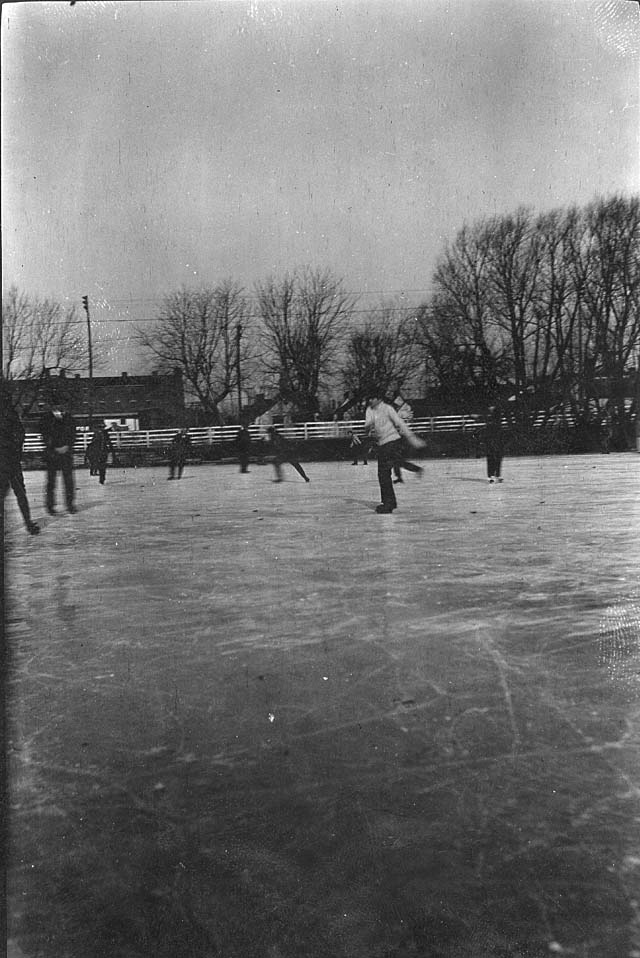 |
| Ice skating at Clifton Heights Pond – Lexington, Ky. (Source: KDL) |
Another great location for ice skating, according to newspaper reports from the 1880s, was Lexington’s water reservoir. The water company was so accommodating that the “public [was] invited to use the engine room to get warm.” In today’s world, that sounds like a lawsuit waiting to happen.
But for many years, the only option for public ice skating has been the ice center on Eureka Springs Drive. But no more.
With the remodeled Triangle Park comes a new winter attraction: an ice rink (formally and with recognition of corporate sponsorship, the Unified Trust Company Ice Rink). At its grand opening last Friday, held in conjunction with the city’s Christmas tree lighting, the rink was packed with skaters enjoying skating under an open sky.
The rink itself comes from, of all places, the MGM Grand in Las Vegas. The surface measures 85 x 60 feet and has a capacity of 200 persons. Accompanying it are a tent for skate rentals, a tent for concessions (though this will eventually be replaced by a permanent, but mobile, structure), and a 200-ton chiller to keep the ice sufficiently cold in Lexington’s fluctuating climate.
 |
| Achtung! |
I look forward to taking the family skating at this beautiful location. In Mastercardesque terms:
- 90 minutes of skating in beautiful Triangle Park – $10.
- Skate rental – included in the price.
- Doing something a Louisvillian can’t do because the Waterfront Park ice rink didn’t open again this year – priceless
Or in the words of Steve Grossman, President of the Triangle Foundation: “The park is set up to be a nice, fun little winter wonderland!”
More pictures are available on flickr. And before you say, “hey… where are all the skaters?” note that all the pictures were taken the afternoon before the rink opened.
Sources: BizLex; LHL; local.lexpublib.org; Streetsweeper

